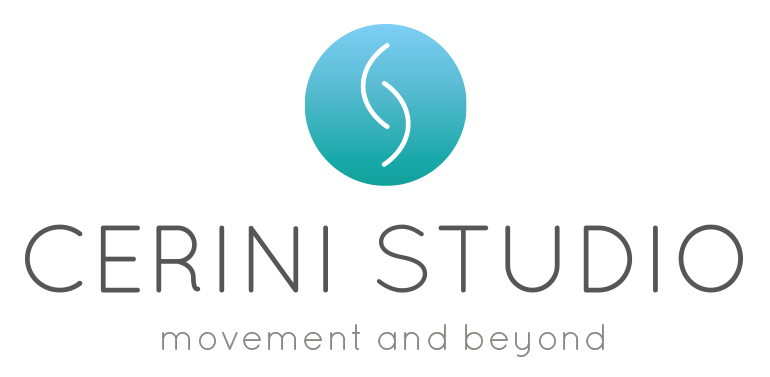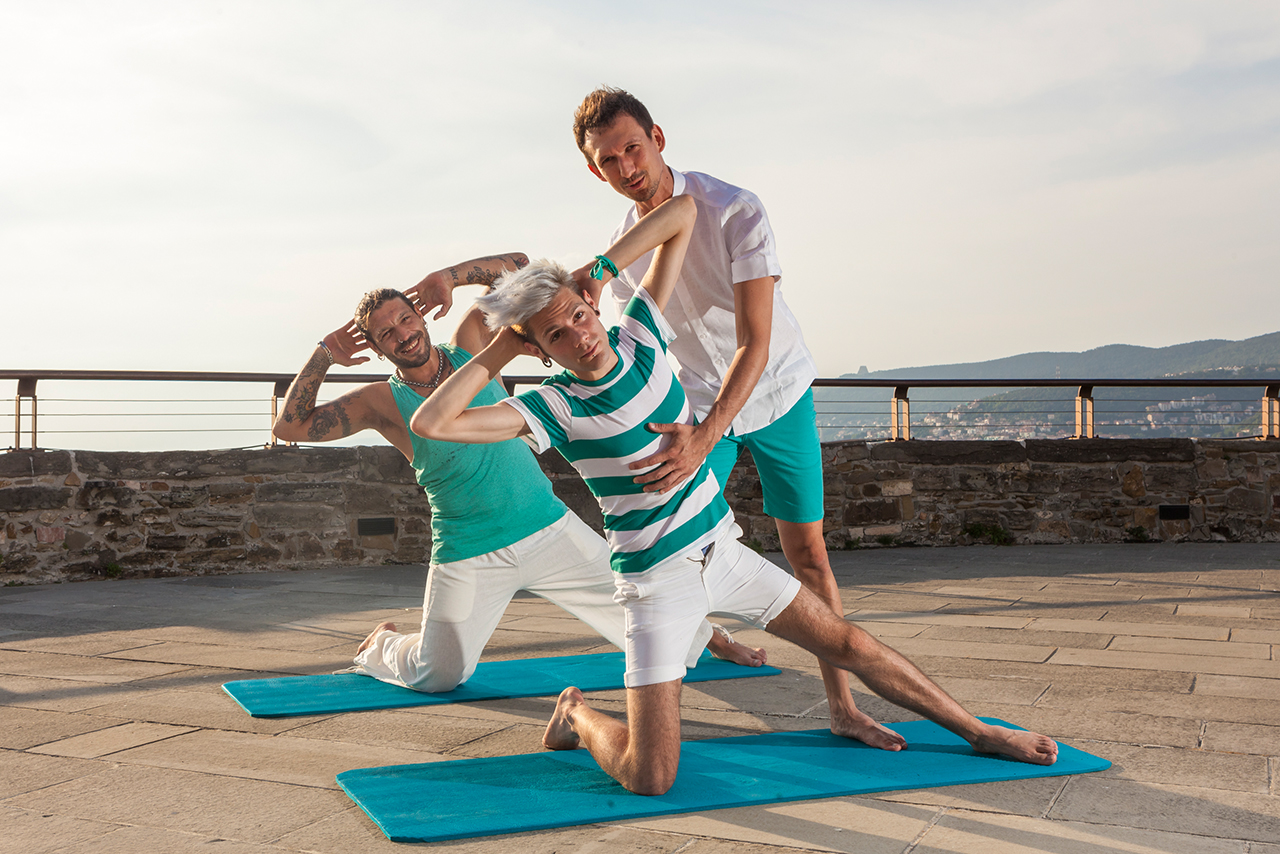When I used to study Law there was a lot to learn, codes, rules, regulations, but there was one question that no one never asked, and no one wanted it to be asked. What is Law?
It’s hard to believe but not a single jurist, lawyer or judge could easily answer to such a question. Even if it was their daily job, they couln’t define Law so clearly. And they still can’t.
Perhaps it’s the same in every job, surely it’s the same in the pilates world. There are several schools, several points of view, several approaches but no one can say exactly what it’s all about.
Ok, it’s a form of exercise. But there’s a whole world of fitness activities that gives you exercises. Yes, but there’s a lot of mind, spirits and breathing. And where’s the difference with yoga, then?
It’s much more flowing. Ok, and Tai Chi?
No, it’s much more on the floor. Ok, ok, I got it! It’s barre on the floor!
No, it’s not so dance-like. But wasn’t it very popular among dancers?
Yes, but it’s just because Joseph Pilates used to train dancers. Oh my god, there is a Mr. Pilates?
Yes, there was. He passed away. And when?
Such a conversation is very common for a Pilates teachers, and often it never ends so quickly. In dinners with friends or relatives, at the barber shop, with travel companions, in every situation of daily life it could last for hours. And it’s so frustrating to know so well something you do for your own body and for all your clients, something that often changes life and health (yours first), but at the same time to be so unable to describe it in a few word.
One way to explain it is just to tell the story of Mr. Pilates. His influences and his struggle for health. A so charming tale covering two World Wars, different countries and continents, arts, travelling and big names. It works, and surely it’s part of the charm of this method, but it’s not enough. A person who listened to the story could get an idea, but he will miss a cruxial point: movement and feeling. And it’s something that you get only after some lesson. Sometimes it’s a lightning, sometimes it’s a slow process, but there’s always a moment when you exit the studio, when you stand up from the reformer and you feel something different in you body, and in your mind. A moment when all those words you’ve heard of about Pilates turns into something real. All makes sense. You feel the charming story of Mr. Pilates in your body. And that’s the point. Mind and body working together, feeling together.
There’s a definition, included in a famous sentence of June 2000 (by which Pilates became a generic word without any trademark on it). It states:
“a method of conditioning incorporating specific exercises designed to strengthen the entire body, with emphasis on the lower back and abdominal region, while at the same time enhancing flexibility”.
It’s not bad. Having studied Law I know it’s a good definition in legal terms, but as a Pilates teacher I know it’s still not enough. Unfortunately, or fortunately, the only way to get what is Pilates is to try it, to feel it. Words will come later, and they won’t never be enough. And probably it’s the essence of this method (as for all other mind-body activities) you have to accept that words can’t describe everything. And it’s also one of the most important lesson you can get doing it.
You can listen to thousand stories and definitions, or you can spend thousand hours exercising on the mat, but you won’t get what pilates is until everything come together.

